""clemente Levi Pugliese" Impressionist Landscape Oil"
CLEMENTE LEVI PUGLIESE" OIL IMPRESSIONIST MOUNTAIN LANDSCAPE-Clemente Pugliese Levi (Vercelli 1855-Milan 1936-Oil on cardboard technique
33. X 25 cm
PUGLIESE LEVI, Clemente
PUGLIESE LEVI, Clemente. – He was born in Vercelli on 30 September 1855 to Leon David and Ester Segrè.
The family enjoyed great economic well-being and the second surname, Levi, seems to have been added to honor the memory of an uncle who had left an inheritance to Clemente's father (Ottino Della Chiesa, 1961; Gallo, in Clemente Pugliese Levi gentleman painter , 2002, p. 120). Leon David seems to have dedicated himself to drawing in his free time, but it was the Vercelli painter Carlo Costa who gave the first drawing and painting lessons to Pugliese Levi (Ottino Della Chiesa, 1961; Melotti, in Clemente Pugliese Levi Pittore Gentleman, 2002, p. 19).
In 1875 he moved with his family to Turin, where he enrolled in the faculty of natural sciences, simultaneously attending courses at the Albertina Academy of Fine Arts. In 1876 he chose to abandon his scientific studies: he followed the lessons of Enrico Gamba (Gallo, in Clemente Pugliese Levi Pittore Gentleman, 2002, p. 120) and began an artistic journey that soon made him become much more than a «gentleman artist» who he practiced painting for pleasure, according to the words of his fellow countrymen (Marangoni, 1921, pp. 3 s.).
In 1877 he exhibited at the Circolo degli Artisti di Torino (then regularly until 1883, from 1885 to 1893, in 1895, 1896, 1898, 1899, 1905, 1907; Bellini, 1998, p. 334). In 1878 he participated in the Exhibition of the Society promoting fine arts of Turin (then also in 1880, 1881, from 1883 to 1886, in 1889, from 1892 to 1894, in 1896, 1898, from 1900 to 1902, in 1904, 1908, 1919, 1923, 1926).
Since the early 1980s he frequented various painters, among whom the names of Lorenzo Delleani and Enrico Reycend stand out. Thanks to his friendship with the scholar Giovanni Camerana he met Antonio Fontanesi, of whom he became a pupil and friend in the last years of his life, assisting him until his death in 1882 (Cerrina, 1930, p. 207). In the 1980s he also began his travels in Europe, and in particular in Paris, where according to some critics he studied Camille Corot, the French Impressionists and in particular Claude Monet (Ottino Della Chiesa, 1961). In 1885 at the Exhibition of the Society promoting fine arts of Turin he presented the oil Un Mattino di Settembre, from which Celestino Turletti took an engraving preserved in the Civic Graphic and Photographic Collections of the Castello Sforzesco in Milan (where other engravings and various photographs of his paintings).
In 1887 he participated in the V National Art Exhibition in Venice and the following year he married Olimpia Segre. In 1888 he participated in the National Exhibition of Fine Arts in Bologna, as shown in the catalog of the time; in 1892 he took part in the 1st Exhibition of the Society of Piedmontese watercolorists and pastel artists, under the presidency of his friend Delleani (Gallo, in Clemente Pugliese Levi painter gentleman, 2002, p. 120). In 1894 he participated in the Exhibition of the Society promoting fine arts of Florence, as can be seen from the catalogs of the time; in 1896 at the Exhibition of the Society promoting fine arts of Turin (first Triennale) he was present with three works among which we note Una marcita, considered one of his masterpieces (Rome, National Gallery of modern and contemporary art; see Melotti , in Clemente Pugliese Levi painter gentleman, 2002, pp. 24-26).
It is a painting certainly influenced by late nineteenth-century photography, which represents the work of the fields in an elegiac way, without showing the hard work. Oils like this have led critics to define him as "the painter of meadows and water", due to his ability to render the subtle shades of greens, greys, blues and pinks (Ottino Della Chiesa, 1961). The figures are painted with graphic balance, focusing on the water channels, reproduced realistically, but also as vanishing lines that lead towards a high horizon, where vegetation painted with a photographic 'out of focus' effect clearly separates the earth from the sky .
With this work Pugliese Levi won a cash prize, thanks to which he contributed to the printing of his master's monograph, entitled Antonio Fontanesi landscape painter 1818-1882 (published by Marco Calderini in 1901 for the Turin editions Paravia; Cerrina, 1930, p . 207). Fontanesi had taught him to convey that sense of poetic solitude of the landscapes portrayed (Melotti, in Clemente Pugliese Levi Pittore Gentleman, 2002, pp. 22-24) but, according to what Pugliese Levi stated with a certain pride (letter by C. Pugliese Levi to U. Ojetti, 23 February 1923, Rome, National Gallery of Modern and Contemporary Art, Historical Funds, U. Ojetti Fund, ad nomen), did not transmit technical teachings to him.
In 1897 (and then regularly until 1901, in 1905, 1910, 1914, from 1920 to 1926) he participated in the International Art Exhibition of the city of Venice; in 1900 he was present at the Verona Art Exhibition and in 1906 at the National Fine Arts Exhibition in Milan, as shown by the catalogs of the time.
In 1906, having moved to the Lombardy capital, he began to frequent Vittore Grubicy de Dragon and the pointillist artists (Gallo, in Clemente Pugliese Levi painter gentleman, 2002, p. 120).
However, Pugliese Levi, as noted by critics, did not approach their social themes, but had only some technical methods in common with the pointillists, such as the cross-hatching of surfaces through the juxtaposition of small touches of pictorial material (see Quinsac, in Clemente Pugliese Levi gentleman painter, 2002, pp. 11-13; Melotti, ibid., p. 28).
In 1913 (and then also in 1915) he participated in the International Art Exhibition of the «Secession» in Rome. In 1914 he was present at the Venice Biennale in the room of the Italian pointillists, exhibiting two works, among which the oil Mattino sul lago d'Orta (1913; Milan, Galleria civica d'arte moderni) stands out.
It is a work influenced by impressionist painting, by Monet in particular, and by the Italian pointillists: the sky, the water and the mountains, painted almost in monochrome with slight tonal variations of blue, are still recognizable figuratively; but more than the verisimilitude of the natural landscape, we try to evoke the observer's state of mind in front of nature.
In 1920 and 1921 he participated in the National Exhibition of the Lombard Art Federation at the Pesaro gallery in Milan, where in 1921 he held a solo show together with Luigi Rossi (he also exhibited there in 1929 and 1934; Bison - Gallo, in Clemente Pugliese Levi gentleman painter, 2002, pp. 113 s.; Gallo, ibid., p. 127). In 1922 he was called to be part of the acceptance jury of the XIII Venice Biennale, during which he also presented some works. In 1923 he painted the oil First Sun on Monte Rosa (Turin, Galleria Civica d'Arte Moderna e Contemporanea), presented at the four-yearly art exhibition of the Society promoting fine arts of Turin (Bison - Gallo, in Clemente Pugliese Levi painter gentleman, 2002, p. 111). In 1927 he refused the invitation to exhibit at the Venice Biennale, announcing in writing his decision to no longer participate in any exhibition to leave room for the tendencies of young artists (letter from C. Pugliese Levi to A. Maraini, 25 July 1927, Rome, National Gallery of Modern and Contemporary Art, Historical Funds, Maraini Fund).
In 1929 he painted Paddy field in spring (private collection; Bison - Gallo, in Clemente Pugliese Levi painter gentleman, 2002, pp. 113 s.).
In this work the landscape, its reflections in the water, the houses and the human figures appear as decorative elements of a composition of notable graphic and chromatic elegance, a few steps away from a dissolution of figuration which in Pugliese Levi however never arrived to be complete.
In 1933 he held a solo exhibition at the Galleria dell'Arte in via Borgospesso 12 in Milan. In 1935 he painted a Self-Portrait in oil (Milan, Gallery of Modern Art), a work of notable introspective capacity. In June 1936 he exhibited at the Provincial Exhibition of Vercelli (Sereno, 1936).
He died in Milan on 8 July 1936.


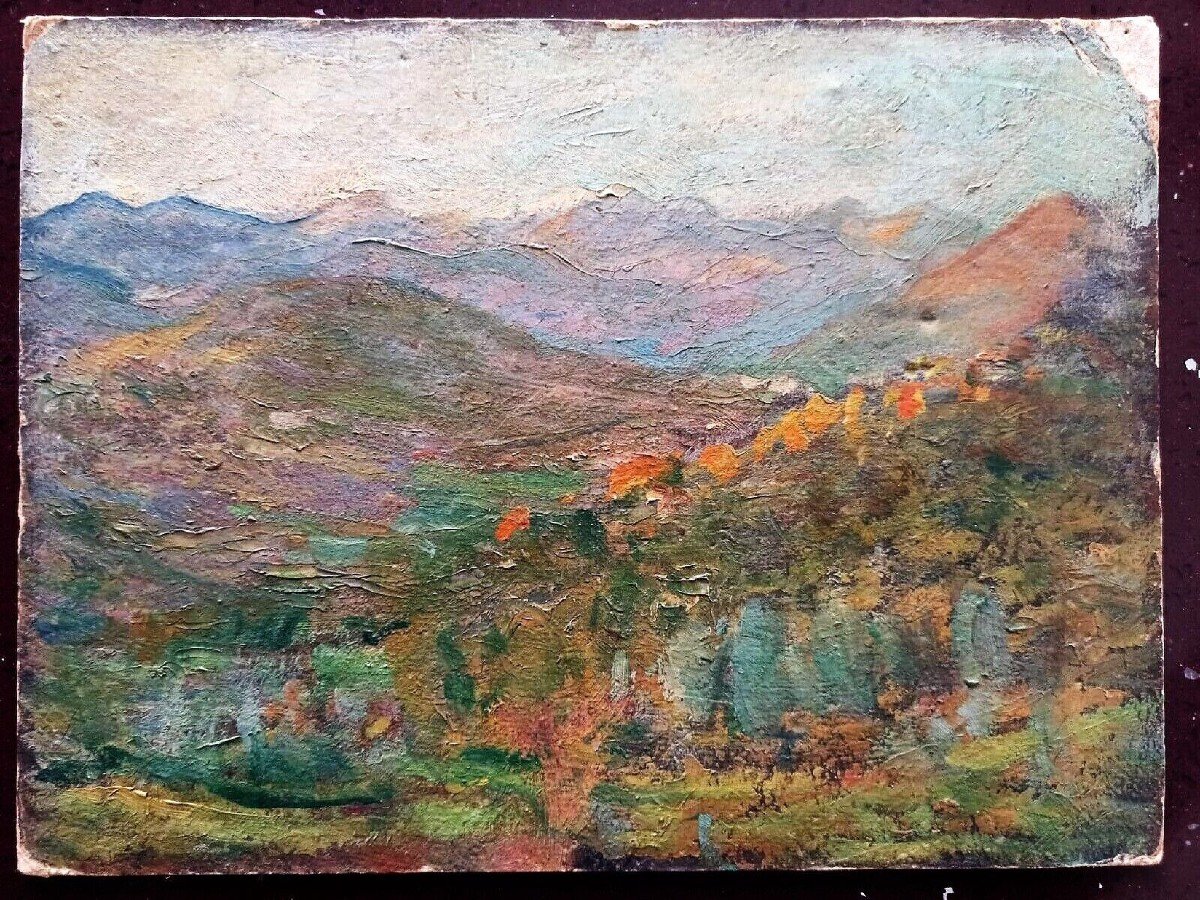
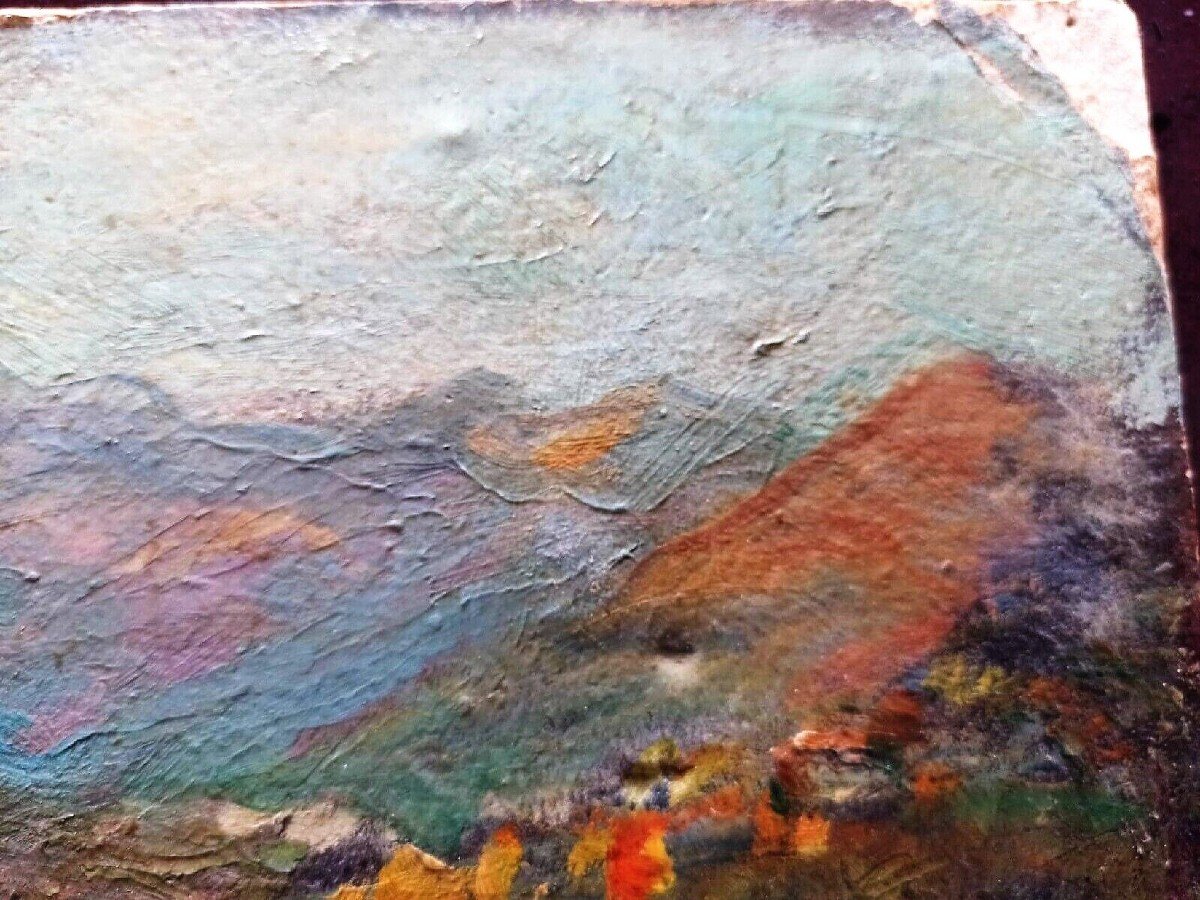
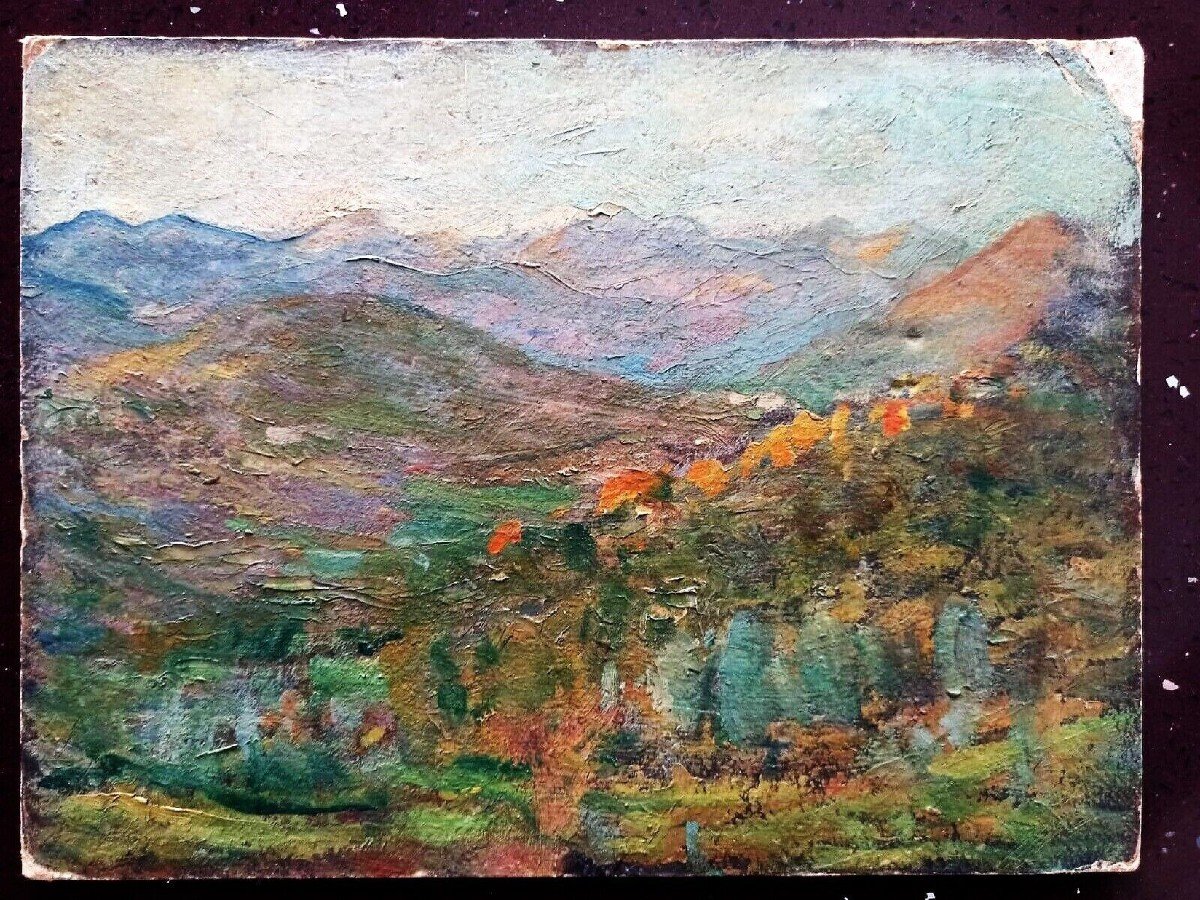
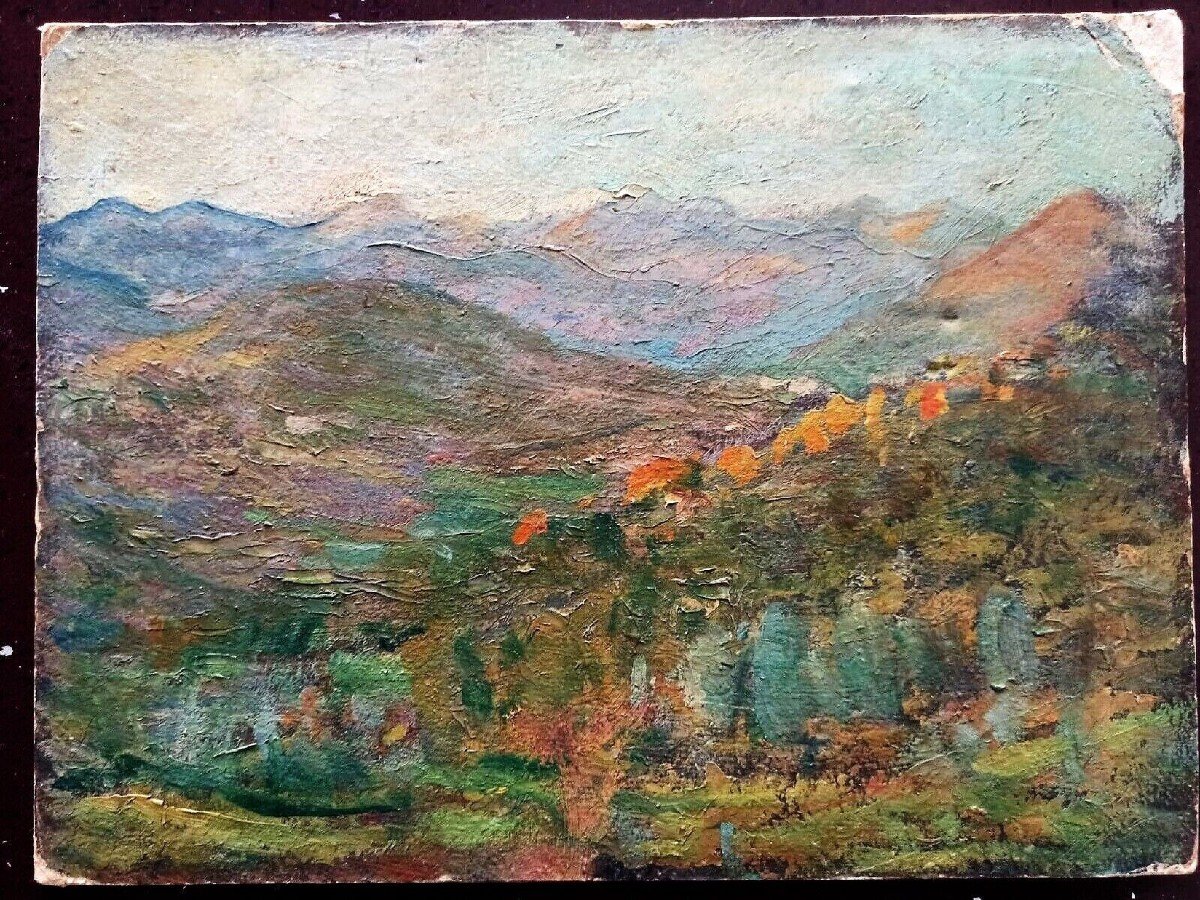
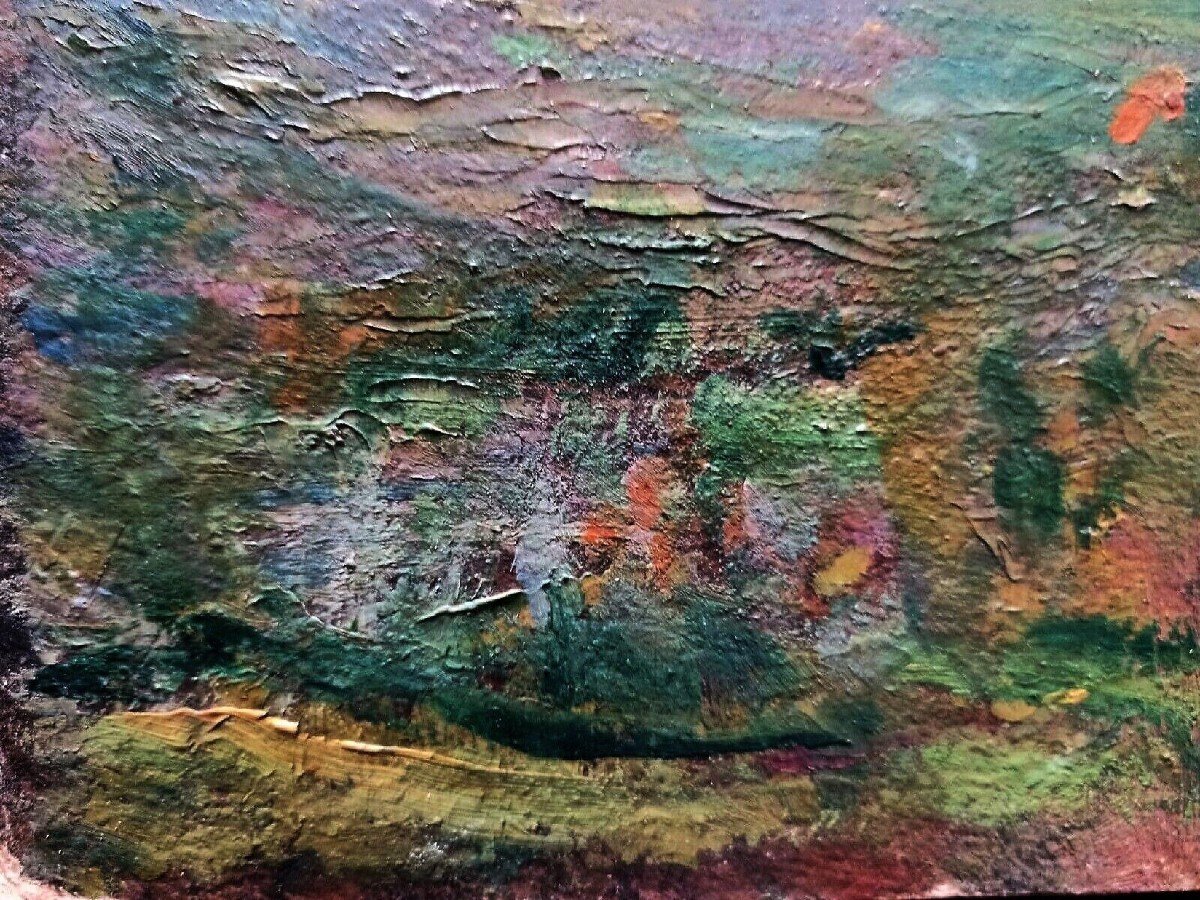
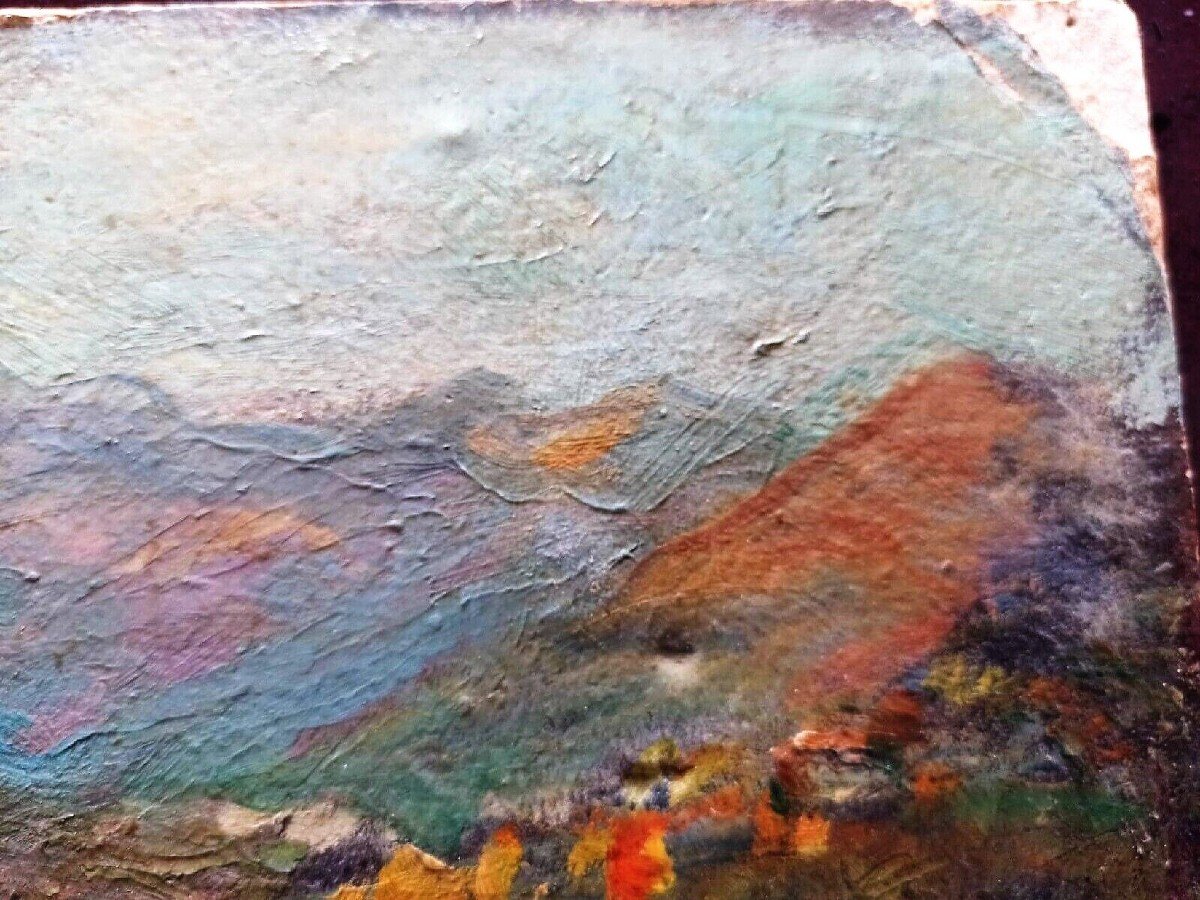
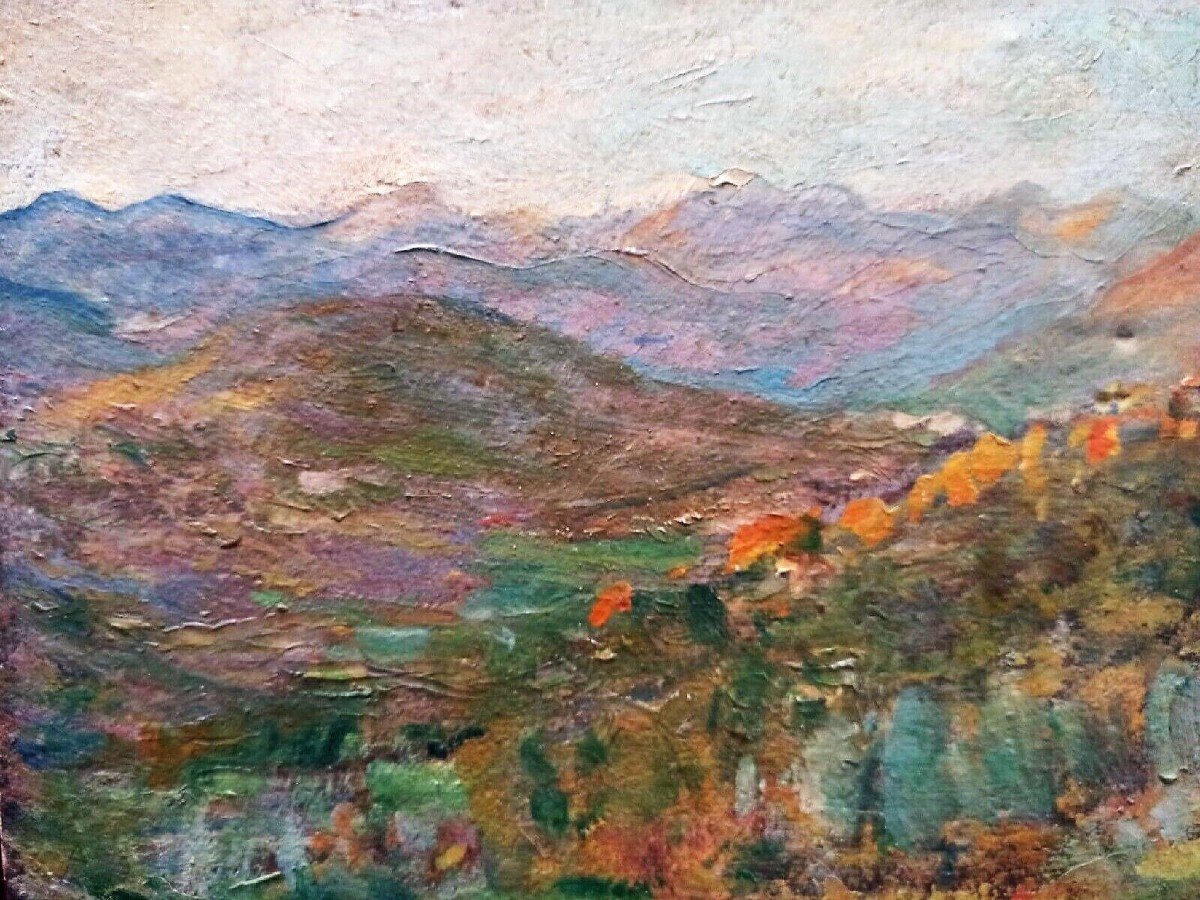
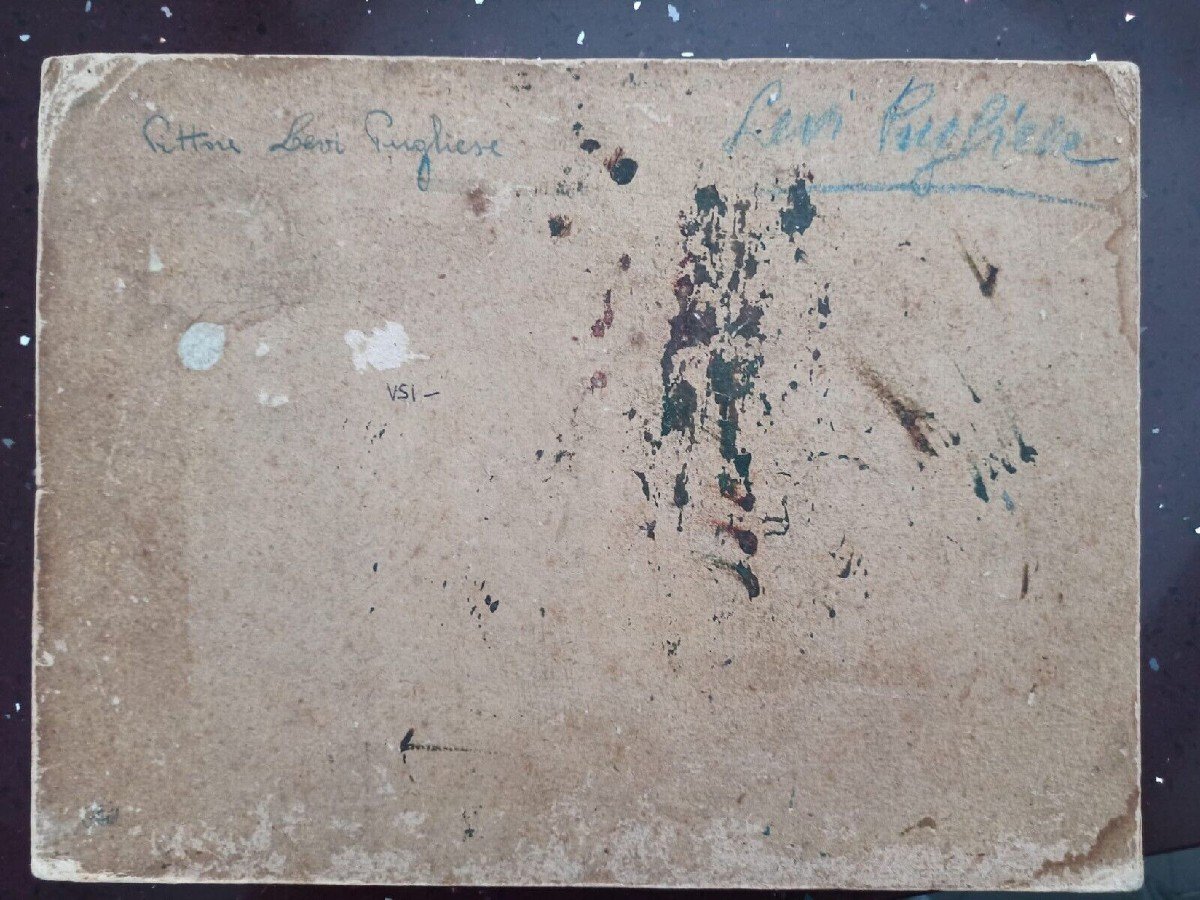
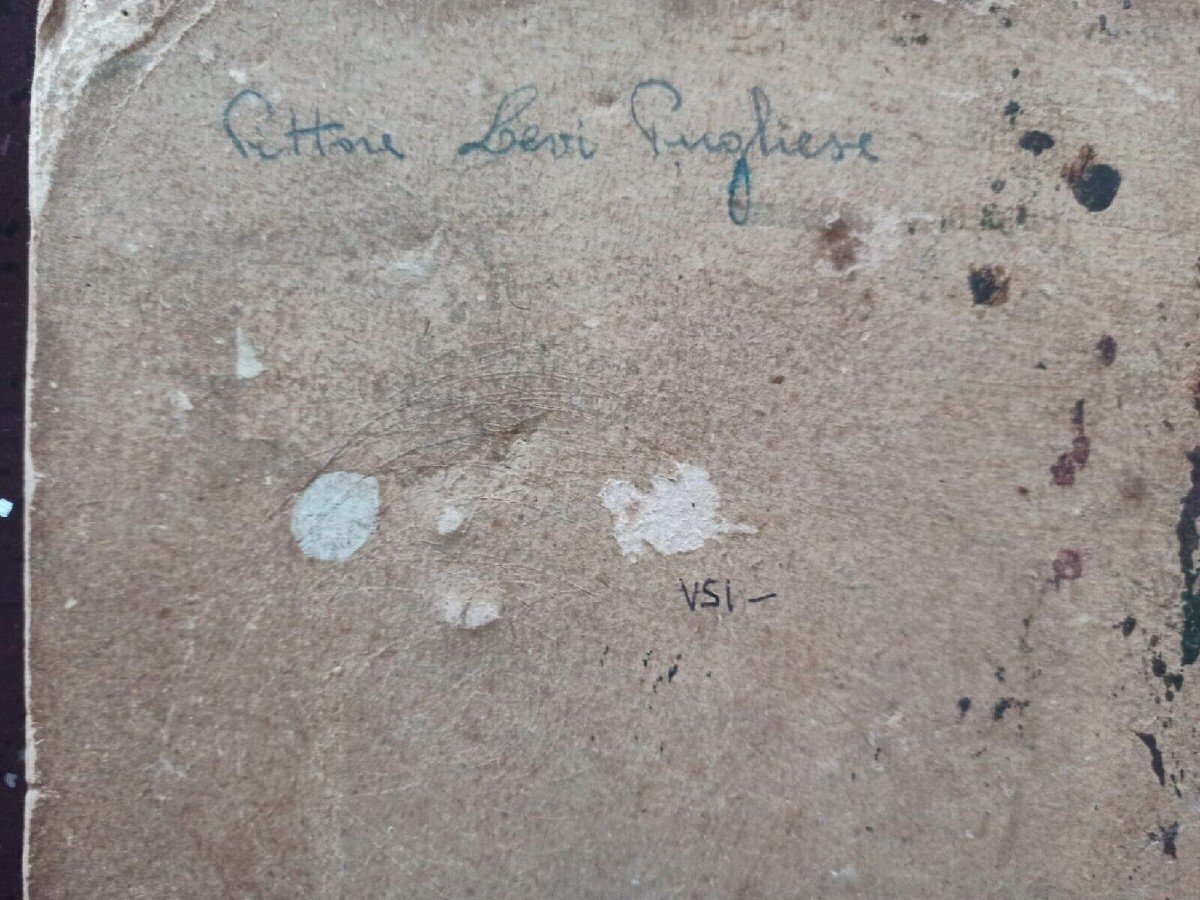













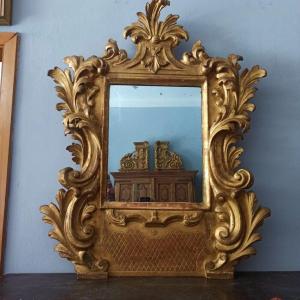
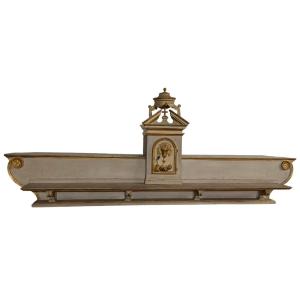

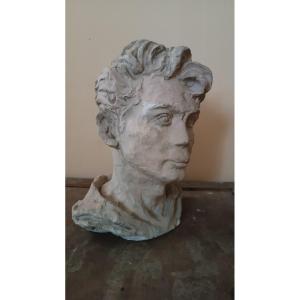
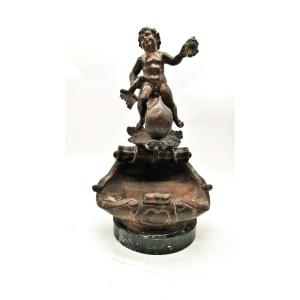


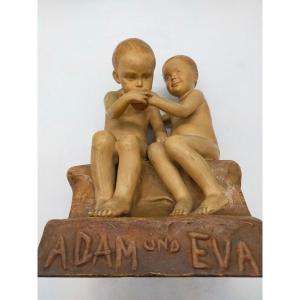
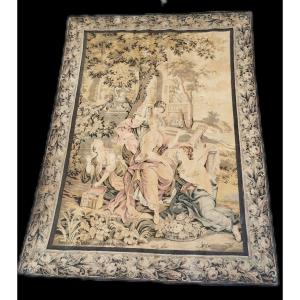



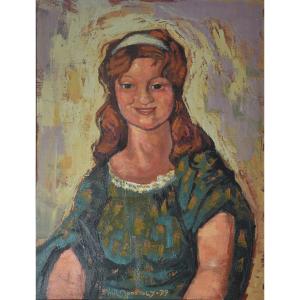
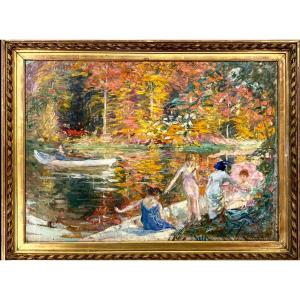
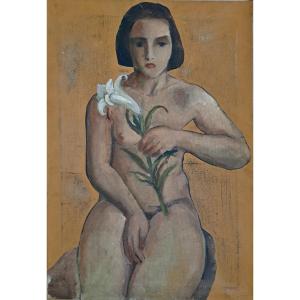






 Le Magazine
Le Magazine Rivista Artiquariato
Rivista Artiquariato TRÉSORS magazine
TRÉSORS magazine